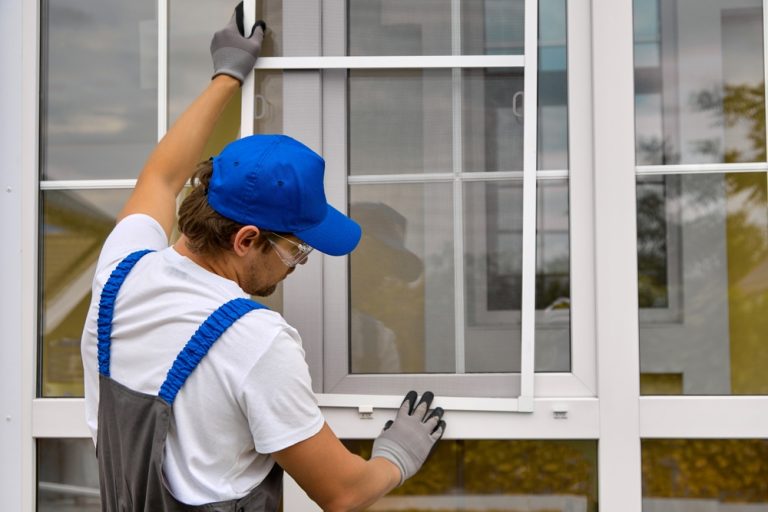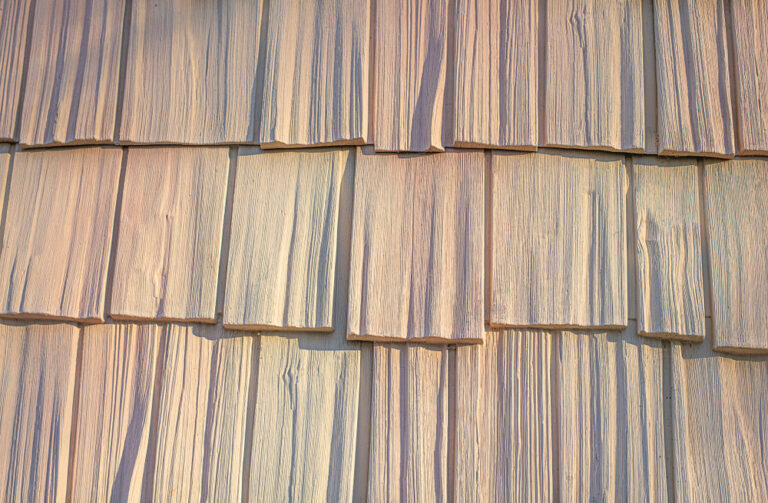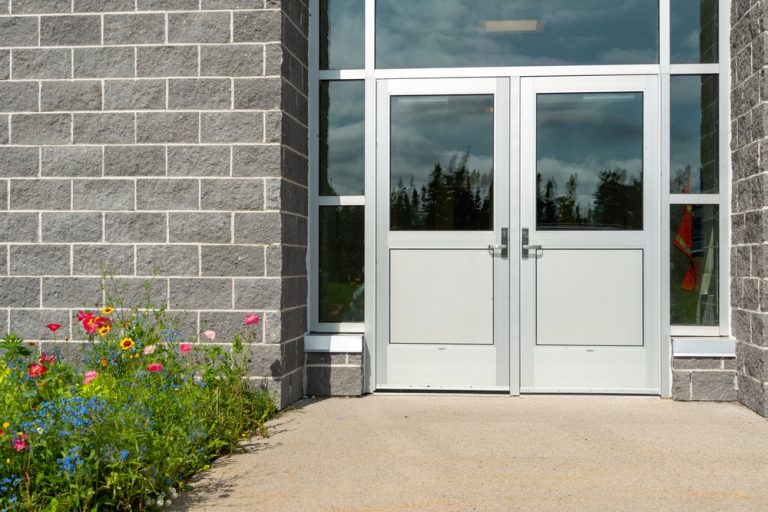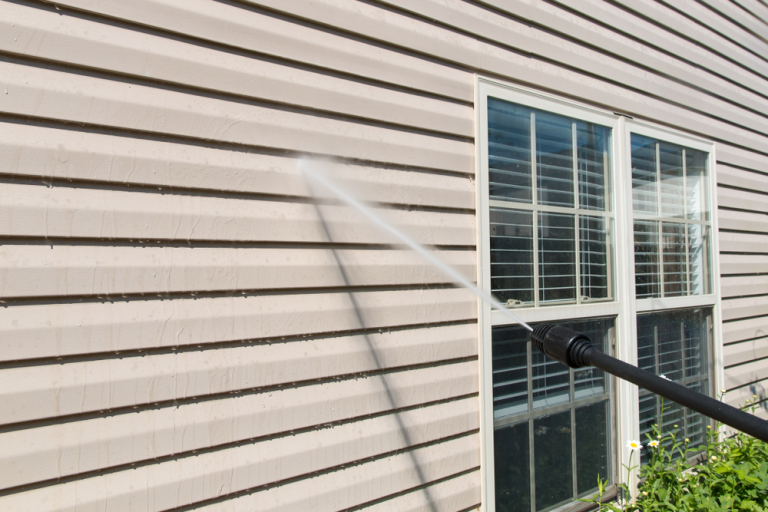Can You Replace Soffit Without Removing Fascia? Here’s What Florida Homeowners Should Know
For anyone looking for a quick answer: Yes—and no. You can sometimes replace soffit without removing fascia, but it’s rarely as simple as it sounds. In many Florida homes, soffit tucks under the fascia. If you only swap the soffit panel, you might end up loosening the fascia or leaving gaps that pests, water, or even Florida’s relentless humidity will find. That’s why most pros—and many frustrated DIYers—end up handling both pieces together.
But let’s not get ahead of ourselves. Before you grab a ladder and a reciprocating saw, there’s a bigger picture to understand.
Soffit and Fascia: More Than Just Trim
Here’s something most homeowners don’t realize until there’s water damage or a pest infestation: soffit and fascia aren’t just “finishing touches.” They work like a team.
- The soffit: Those panels under the roof overhang aren’t just for looks. Vented soffit panels draw air into the attic space, maintaining proper roof ventilation and reducing mold growth.
- The fascia: This face board sits at the roof’s edge, holding the gutters in place and sealing off the roof space from water intrusion and critters.
Together, they handle the “invisible” stuff: airflow, drainage, pest control, without you noticing. Until, of course, something goes wrong. Clogged soffits, shingle mold, or water stains creeping down your siding often mean the system isn’t working anymore.
Can You Really Replace a Soffit Without Touching the Fascia?
Technically, yes. If there’s a single cracked soffit panel or a small section of vinyl soffit sagging, you might be able to slide out the damaged piece without messing with the fascia. Maybe you use a screw set to loosen it, carefully work around the rafter tails, and call it a day.
But here’s the catch: soffit panels often lock into place using tongue-and-groove joinery. They tuck under the fascia board and sometimes under the metal drip edge. If you’re only replacing a soffit panel, you’re working blind, trying to wiggle out one piece while hoping you don’t bend the fascia cover or pull a gutter loose. It can feel like fixing the middle tile on a backsplash without removing the edge pieces. Possible? Sure. Smart? Not always.
The DIY Approach: What People Try (and Why It Goes Sideways)
Most DIYers start here: ladder, drill, maybe some vinyl siding trim pieces from the hardware store. They think, “How hard can it be?”
The truth is, soffit work isn’t a simple home maintenance project. You’re usually:
- Up on a ladder, leaning awkwardly.
- Trying to cut panels to fit (reciprocating saw, anyone?).
- Wrestling with nails or a screw under the metal drip edge.
- Wondering if the face board you just tugged on is rotting, or worse, holding up your gutter.
And that’s before you notice the black streaks (mold growth) creeping across the roof soffits. Or realize there’s a hornet’s nest tucked behind a vented panel. There are also disposal and cleanup costs; those old soffit panels and any rotten fascia have to go somewhere.
When It’s More Than a “Quick Fix”
Sometimes a single panel swap isn’t enough. Here are signs it’s time to think bigger:
- Rotten fascia or soffit: Wood rot spreads fast in Jacksonville’s weather conditions.
- Water damage: Water stains or shingle mold near the roofline aren’t just ugly; they hint at water intrusion.
- Pest infestation: Birds, squirrels, or insects love finding gaps in soffit panels.
- Gutter issues: Sagging gutters often mean the fascia board they’re nailed to is compromised.
If you see any of these, the cost to replace fascia and soffits may seem intimidating, but constant patching costs more long-term.
Why Pros Handle Soffit and Fascia Together
Here’s something the YouTube tutorials skip: soffit, fascia, gutters, even the roof sheathing; they’re all connected. Replace one piece poorly, and you risk damaging another.
A pro like All Florida Exteriors doesn’t just “replace panels.” Our team:
- Check for wood rot or water damage around rafter tails and roof sheathing.
- Make sure attic ventilation isn’t blocked.
- Seal the system with proper exterior trim and window capping, so no gaps are left.
In short, we see the system, not just the symptom.
Why Jacksonville Homes Need Extra Care
East and Central Florida aren’t kind to roof components. We get a mix of heavy rain, blistering sun, hurricane-force winds, and yes, salt in the air. Here’s what that means for soffit and fascia:
- Weather damage can warp vinyl soffit or corrode the nails holding your fascia board.
- Mold growth happens faster here than in drier states.
- Pest pressure is real; rats and insects chew through weak soffit panels to get into attic space.
Skipping steps or rushing a repair in this climate? It’s like bailing water with a coffee mug during a storm; it buys time, but the problem isn’t gone.
The Costs People Don’t Think About
DIY sounds cheaper, until it isn’t.
- Tools you may need (reciprocating saw, ladders, safety gear).
- Disposal costs for old materials.
- Labor costs if you get halfway through, realize the fascia is rotten, and call a pro anyway.
A routine inspection by a pro up front might save hundreds, or a full roof replacement down the line.
Why Call All Florida Exteriors Instead of Climbing the Ladder Yourself
Soffit and fascia installation isn’t just about nailing up a few panels. All Florida Exteriors handles this kind of work every day, and our team knows how to do it right. Our expert:
- Spot hidden issues like wood rot or water damage before they get worse
- Match new vinyl soffit and fascia to your home’s exterior for a seamless look
- Tackle structural problems if rafter tails or roof sheathing are compromised.
- Install vented soffit panels to improve attic airflow and help prevent moisture buildup
Most importantly, we make sure the whole system works, so you don’t end up with mold, pests, or ventilation problems later.
Final Words
If you’re asking, “Can you replace soffit without removing fascia?” the answer is still yes, sometimes. But should you? That’s where things shift. What starts as a “quick fix” often snowballs. And by the time you’ve bought materials, rented tools, and made three trips to the hardware store… calling a pro like All Florida Exteriors looks pretty reasonable.
Bottom line? Your soffit and fascia are small pieces with a big job. If they fail, your whole roof system feels it. All Florida Exteriors helps Florida homeowners handle it safely, correctly, and without surprise headaches.
Contact us today!
FAQs
Q1. Do I have to remove fascia to replace soffit?
A1. Not always, but usually. Soffit panels slide under fascia, so full replacement is tough without loosening the fascia.
Q2. How much does it cost to replace fascia and soffits in Jacksonville?
A2. Costs vary based on materials, labor, and damage assessment. Hiring a pro saves on time, rework, and disposal costs.
Q3. Can I replace soffit myself?
A3. Maybe for a small section, but soffit and fascia work together. DIY repairs can lead to bigger issues like water damage or mold.
Q4. What’s the difference between soffit repair and replacement?
A4. Repair means patching or swapping a panel. Replacement means checking the whole system, including fascia boards and ventilation.
Q5. How do soffit and fascia protect my roof?
A5. They keep pests, water, and debris out while helping with roof ventilation, critical in Jacksonville’s climate.







